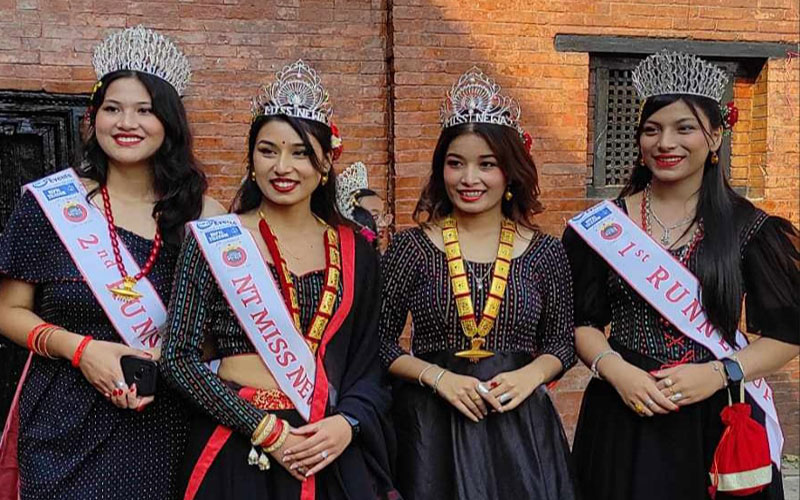After more than six months of preparation, a small group of young professionals successfully designed and delivered a capacity-building course for their younger peers interested in climate action. This endeavor required the professionals to deepen their passion and expertise in climate change, gaining the confidence to share complex content with others. The group was one of the Communities of Practitioners initiated by The Good Leadership, in collaboration with Youth Action for Sustainable and Eco Nepal. Their goal was to elevate the knowledge of a select group of youths passionate about climate issues to a higher level.

For all involved, this effort exemplifies good leadership: embodying strong values in daily life while building knowledge on critical contemporary issues. The stakes are high, making it crucial for young people to take a leading role in addressing climate change and biodiversity loss. While much focus has been on the impacts of a warming climate, biodiversity loss has not received adequate attention. The Community of Practitioners sought to understand both issues deeply, focusing on the complexities that make them daunting. They also explored related technical areas such as climate finance, climate governance, and the intricacies of the Paris Agreement.
Over the months, the Community of Practitioners evolved into an autonomous group called Planet Pulse, dedicated to continuing climate action knowledge creation. Planet Pulse designed the entire course curriculum and invited indigenous climate activists Tashi Lhazom and Pema Wangmo to share their insights. Lhazom, director of the documentary “No Monastery, No Village,” discussed the challenges her village in Humla faces due to the deteriorating nearby glacier. Wangmo explained the complexities of climate governance and the intricate network of entities behind the UN Framework Convention on Climate Change.

Citizens like Lhazom and Wangmo are essential, as are young people willing to campaign and create new knowledge. This work must occur at multiple levels. At the grassroots level, raising awareness in schools about sustainable development, climate, and biodiversity is vital. For those seeking deeper knowledge, progressively adding more detailed information and technicalities is crucial. Pema Wangmo emphasized the need for learning opportunities focused on the technicalities of climate change-related negotiations, as implementing the Paris Agreement involves numerous complex details.
Nepal, one of the most climate-vulnerable yet biodiverse countries, has a growing number of climate activists, but more are needed. This is a significant leadership challenge: increasing the number of youth climate activists by making it easier for them to join the cause. We must create an accessible environment for youths from vulnerable groups to step up. Nepal should aim to be recognized as a global leader in climate and biodiversity action, fostering an open, accessible learning space akin to a “whole nation-university.”
While capacity-building activities may not seem appealing to youths, creative and engaging methods are needed to involve the country’s millions of young people. Learning and expertise-building should not be the ultimate goal; real advocacy and pressure for global leadership, like that of Vanuatu, should be pursued. Engaging policymakers with new insights and research is essential but insufficient. Climate and biodiversity actions should inspire a new wave of civic engagement through bottom-up deliberations. Local governments should be supported in promoting climate assemblies, where local experts, especially young leaders, help communities understand and undertake necessary actions to combat climate change and biodiversity loss.















